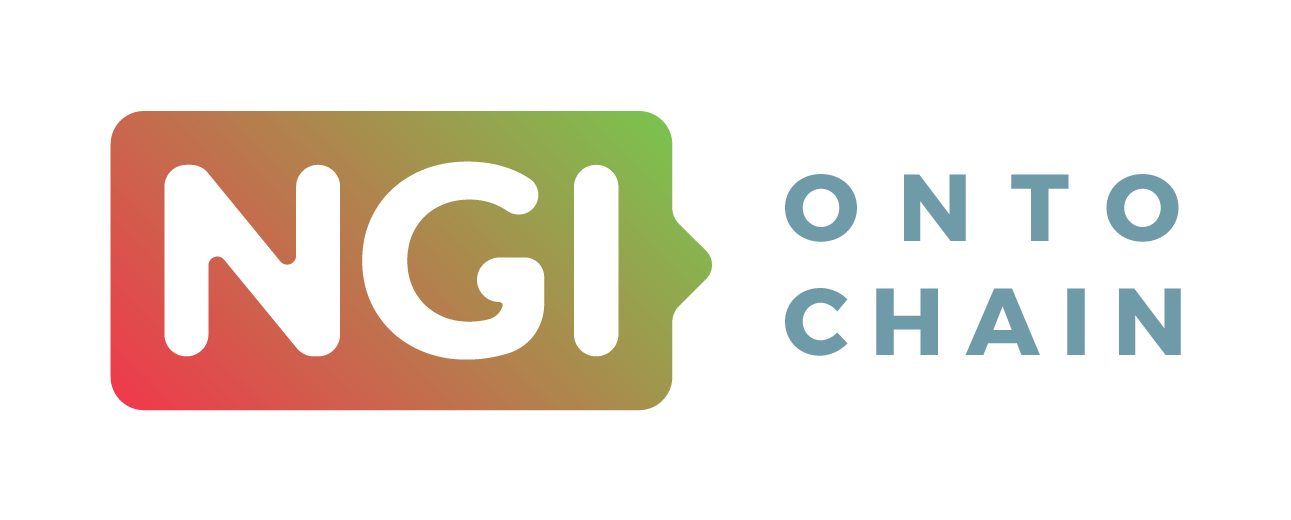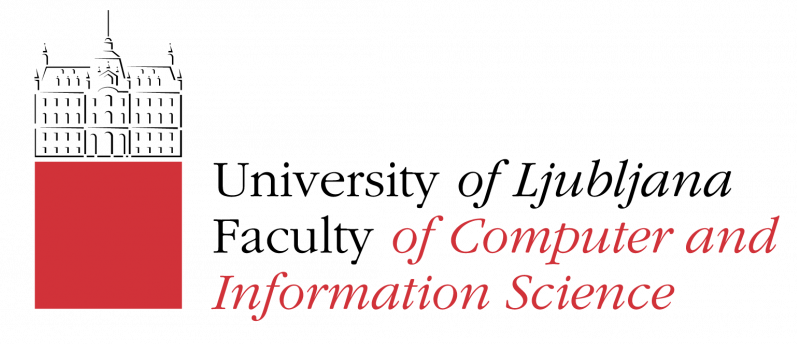Nowadays, a lot of content is published through social media platforms. Aware of the copyright challenges that arise in this context, CopyrightLY project presents an application that leverages blockchain and semantic web technologies to facilitate copyright management.
In this interview, Roberto García González, member of the team behind the project, gives us more details about CopyrightLY's contribution to the ONTOCHAIN ecosystem.

Could you please introduce yourself?
Currently, I'm Associate Professor and Deputy Vice-rector for Research & Transfer at Universitat de Lleida, Spain. I'm also a member of the Academic Advisory Board of the International Association for Trusted Blockchain Applications. I have more than 20 years of experience in research and innovation applying semantic technologies in different domains, especially in connection with knowledge and media management. More recently, most of my interest is on exploring Web 3, as a combination of semantic and decentralization technologies like blockchain, and its application to domains like copyright management.
How did you hear about ONTOCHAIN?
My impression is that I received it through different channels, all related to social media. Maybe the first time through one of the Twitter profiles related to blockchain that I follow.
What motivated you to apply?
That it was conceived as a very practical and "lightweight" call. It was possible to participate with a small team and with a very specific and application-oriented proposal. Moreover, the call focused on the application of blockchain and semantic technologies, two topics that are motivating my research during the last years. For instance, as part of the H2020 InVID project where we did blockchain-based social media reuse management for journalistic purposes.
How was the application process?
Compared to typical research and innovation proposals, the application process was nicely oriented towards concisely describing the scope of the intended development. It was facilitated by a very specific application template that made it easier to prepare the documentation, without requiring long and wordy documents and going straight to the point. We are very proud to be one of the 18 teams selected among 137 applicants, which shows that the call attracted a lot of attention.
Can you briefly explain your project and its contribution to the ONTOCHAIN software ecosystem?
CopyrightLY aims to become an easy on-ramp for social media creators to the new opportunities offered by blockchain technologies, so they are able to go beyond the constraints of existing social media platforms while continuing to use them. It will contribute a decentralised application that facilitates the registration of creations using blockchain technologies, including the accumulation of authorship evidence that supports authorship claims in case of litigation. Moreover, creators will be able to explore new revenue streams enabled by rich copyright expressions based on the Copyright Ontology. These include reuse agreements enabled by smart contracts or NFTs supported by authorship claims and pointing to semantic metadata that defines the specific rights and conditions NFTs represent.
The ONTOCHAIN project is based on a co-development process, how can you benefit from an experience like this? And what type of synergies are you eager to explore with the other selected teams?
Co-development provides a lot of flexibility and potential for synergies among the projects participating in this call. The size of the projects, and the fact they share a common technological framework based on semantic technologies and blockchain, makes this co-development easier.
We have already identified and discussed the scope of our collaborations with many other teams. Ranging from collaborations at the identity management level to on-chain or off-chain services, including innovative applications of blockchain and semantic technologies. We are looking forward to making these expectations real.
What are your expectations regarding the new software ecosystem that ONTOCHAIN will deliver, its contribution to the NGI priority areas, and benefits for end users?
My expectations are that the ONTOCHAIN ecosystem will contribute to establishing the building blocks for a future internet much more aligned with end-users needs, decentralised and including trust-building mechanisms.
On top of those building blocks, and also as part of ONTOCHAIN efforts, some applications will be developed and provide services that directly benefit end-users, like trustful content that helps fighting disinformation. This is especially useful in connection with social media, creating a more secure and fair ecosystem where users can materialise their creativity and generate culture-rich ecosystems.


 This project has received funding from the European Union’s Horizon 2020 research and innovation programme under grant agreement No 957338
This project has received funding from the European Union’s Horizon 2020 research and innovation programme under grant agreement No 957338




